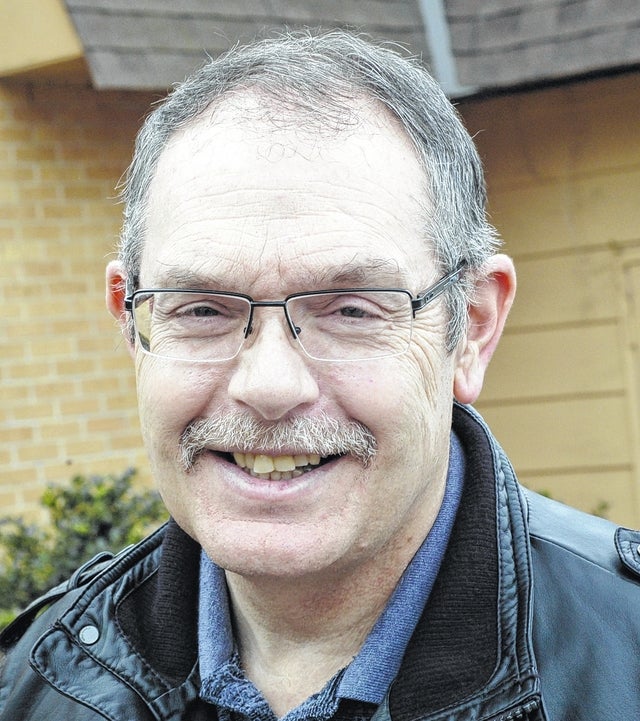Troup County Extension agent: Problems with Leyland cypresses
Published 12:00 am Friday, October 23, 2015

Leyland cypress trees over the last decades have become very popular as screens or specimen trees in many landscapes.
They can grow well over 100 feet tall and 50 feet in diameter. They are known for growing as fast as 4 feet per year in height and 3 feet in diameter. By these growth patterns, you can see why homeowners planted them everywhere.
These tall pyramidal shaped trees with beautiful green foliage found a spot in many landscapes.
The Leyland cypress is a hybrid that was the result of planting two North American conifers, the monterey cypress and the nootka cypress, close together on an estate owned by the Leyland family in England in the 1840s. By the mid-1920s, Leyland cypress trees were being commercially sold for areas that were exposed to wind and salt. There are over 40 forms of Leyland cypress being marketed.
So what happened with this stellar performer? The unfortunate result of being popular was being planted everywhere. Large numbers can increase the frequency of what at one time were minor pest problems into major problems.
Seiridium Canker, Bot Canker, root rot diseases and needle blight became prevalent. Drought stress further increased disease pressure by decreasing their resistance to disease.
Many Leyland cypress trees were planted closer than 8 feet. This reduced air circulation as they grew. Planting near sidewalks or metal building, which reflect heat, also caused problems. Leyland cypress trees prefer well-drained sites.
Wet feet cause root rot. Dig a hole and fill with water. If it takes more than three hours to drain, the soil is poorly drained.
Mulch should be applied no deeper than 2 to 4 inches and several feet beyond the reach of branches. Never pile mulch against the trunk.
If they are planted as a screen and the branches begin to rub together, remove every other tree. This encourages air circulation, prevents damage from limbs rubbing and disease transmittal from tree to tree.
If branches do become diseased, prune the branches to live tissue. Clean the shears or pruners with alcohol or a 10-to-1 water-to-bleach ratio solution. This prevents disease transmission.
To prevent the “broken tooth look” don’t rely on a single plant. Create a mixed screen where multiple species are grouped together in groups of three or five in a staggered row or if space is tight, in a straight line.
Other conifers similar in form to the Leyland cypress for full sun are the Arizona cypress for dry sites and “Green Giant” arborvitae for moist but well drained fertile sites. Japanese cedar, cryptomeria works well in partly shady areas.
When selecting screens, consider the mature height of the plants. Neighbors may not want their backyard in shade.
What’s going on in Extension?
Jefferson Street Market begins Saturday mornings from 9:30 a.m. to noon at 625 Jefferson St. just off of Dallis Street.
Oct. 19: Troup County Association of Beekeepers, 7 p.m., Ag. Center, Topic: “Decline and Buildup of the Colony.”
Oct. 20: Troup County Cattleman, 7 p.m., Ag. Center, dinner starts at 7 p.m., cost is $6. Program at 7:30 p.m. Guest speaker, Philip Brown of the NRCS on soil conservation.
Oct. 20: Pesticide Certification Safety Class, Harris County Extension. Call Steve Morgan, 706-628-4824, for more information.
Oct. 29: Small Flock Management Class. Cost is $15; lunch provided. Call the extension office to sign up.
Tree seedlings can be ordered from the Georgia Forestry Commission, 706-845-4122.



